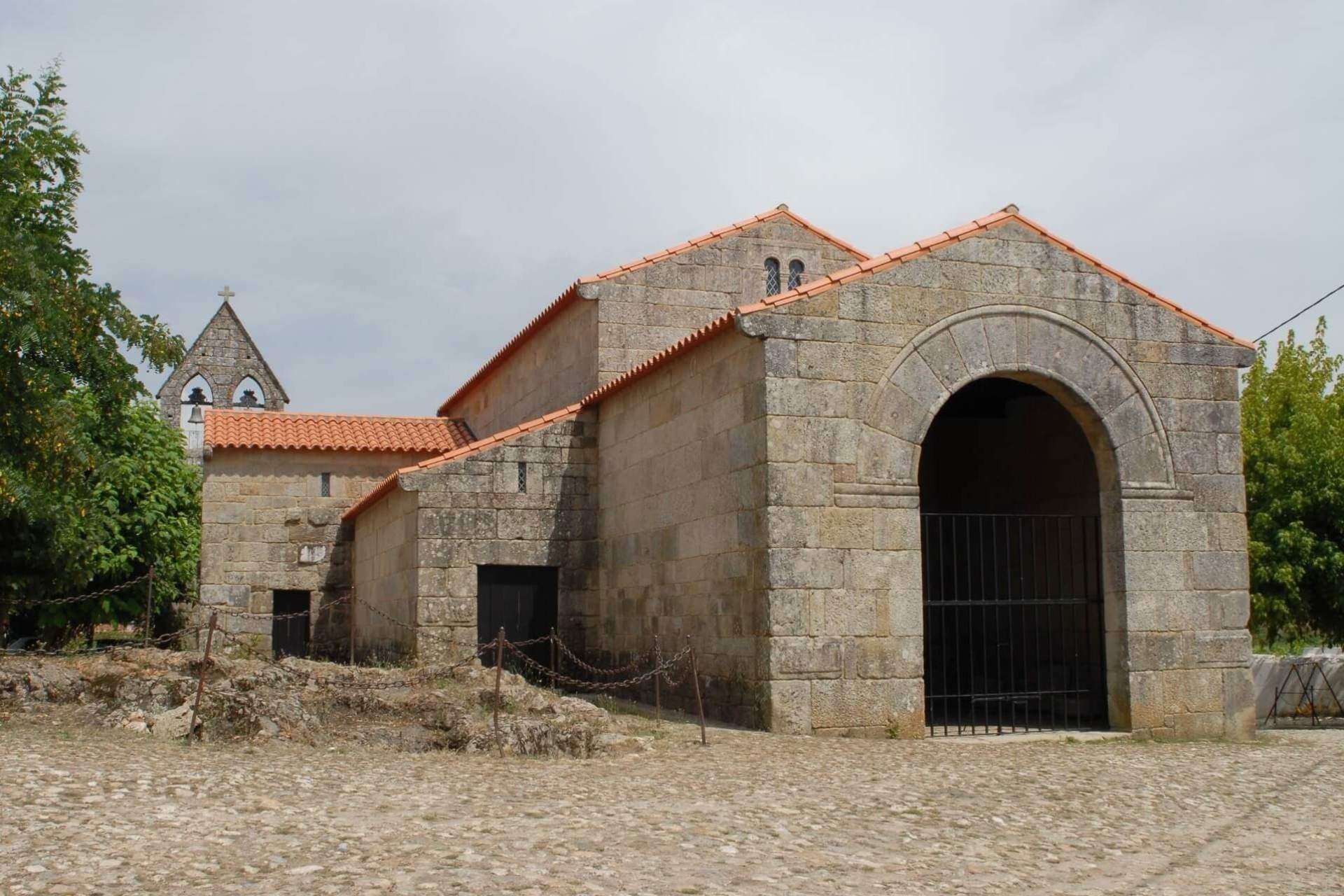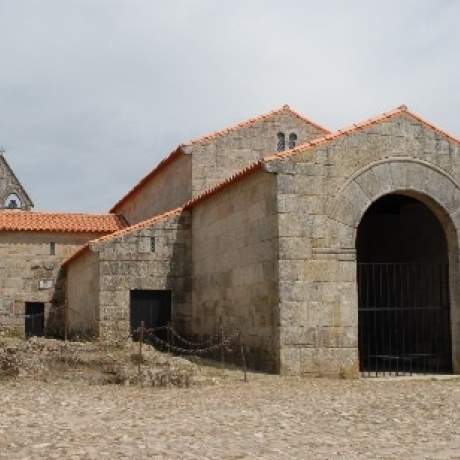
Mozarabic church of São Pedro de Lourosa
The Main Church of Lourosa, also called Mozarabic Church of São Pedro de Lourosa, is classified as a National Monument. Dating epigraphically from 912, it is one of the four existing pre-Romanesque temples in Portugal and, presumably, the oldest church in uninterrupted operation of Christian worship in our country.
When the Muslims arrived in the Hispanic Peninsula, many of the territories belonging to the Visigoth kingdom submitted peacefully. The Caliphate imposed new administrative, social and economic policies, but allowed the resident Christian and Jewish communities to maintain and practice their religion and customs, provided they paid the special capitation tax and did not disturb the new established order.
During the period of Islamization, processes of continuity took place and many of these Christians from Al Andaluz, heirs of the Visigoth ritual that they continued to practice, adopted Arabic culture and language - becoming Arabized Christians, traditionally known as Mozarabs. The transformations of the sacred spaces in the interiors of the churches also reflected this symbiosis with the Mozarabic style.
The Church of São Pedro de Lourosa stands out as the most significant Mozarabic monument in our country, in which Christian Visigoth structural elements are reconciled with elements of Arabic culture, the influences of Emirate art being evident in the decorative ornamental motifs of the church. Also of note are the traces of Islamic influence in the possible cross tower, possibly with an interior wooden ceiling and a pitched roof, and ornamented with a frieze of blind arches. Although these towers existed in the Christian Asturian world, their most immediate parallels are in Peninsular Islamic architecture, confirming the influence of elements from Al Andaluz on the architecture of the Christian north.
In 2012, the Church was the target of intense jubilee celebrations for its 1100 years, having given rise to the first Mozarabic Fair, pioneer in the country. The Mozarabic Fair, which takes place in August, is a reference event of the municipality of Oliveira do Hospital, providing visitors a historical journey to the time when Christians, Muslims and Jews coexisted peacefully in this territory, projecting the image of tolerance before the diversity of civilizations that so characterizes our country.
And since you're in Lourosa, why not take the opportunity to walk the stretch of the Portuguese Way of Saint James - Central Route that passes through here.
Address:
Largo Monumento Nacional - Lourosa
Phone:
Email:
Website:
Timetable:
Visits by appointment through the Municipality of Oliveira do Hospital
Close
Search results for:
No results were found matching your search.
Information available soon.



